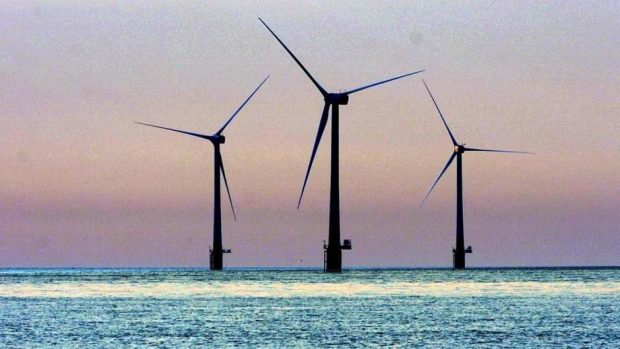Plans to connect to the world’s first floating windfarm to the national grid could rely on tearing through the heart of a north-east town.
Energy giant Statoil won planning permission last year to install five huge turbines 15 miles off the north-east coast, and hopes to have the project online by 2017.
And while the project will create hundreds of jobs during construction and about 10 permanent positions within Peterhead, where on-land infrastructure will be built, it could also cause traffic chaos.
To progress the Hywind scheme, an application has been made to Aberdeenshire Council for permission to drill through a main Peterhead thoroughfare to connect the turbines to the national grid.
Statoil’s excavation of Queen Street would hook the turbines up to the 4,700ft of underground cable they need to operate.
There are concerns, however, that work will disrupt the flow of traffic and pedestrians.
But in supporting documents submitted alongside its application, Statoil has suggested methods will be employed to minimise any impact of the community.
Measures include limiting the hours when work will take place and making use a horizontal directional drill (HDD).
A spokeswoman for Hywind said: “A HDD on this section of the route would avoid open cut trenching of the public highway and avoid excavating in an area congested with existing utilities.
“A HDD crossing at Queen Street is a safer method for the community, stakeholders and workforce, and removes the requirements for traffic signals; open trenching in the highway, temporary movement of bus stops and closure of pedestrian crossings.”
The £180million scheme will generate enough green energy to power 20,000 homes and is expected to pave the way for more floating turbines elsewhere in the world.
Project director Leif Delp said has previously said Statoil is “pleased” to be developing the project in Scotland.
“Through the hard work of industry and supportive government policies, the UK andScotland is taking a position at the
forefront of developing offshore wind as a competitive new energy source,” he added.
